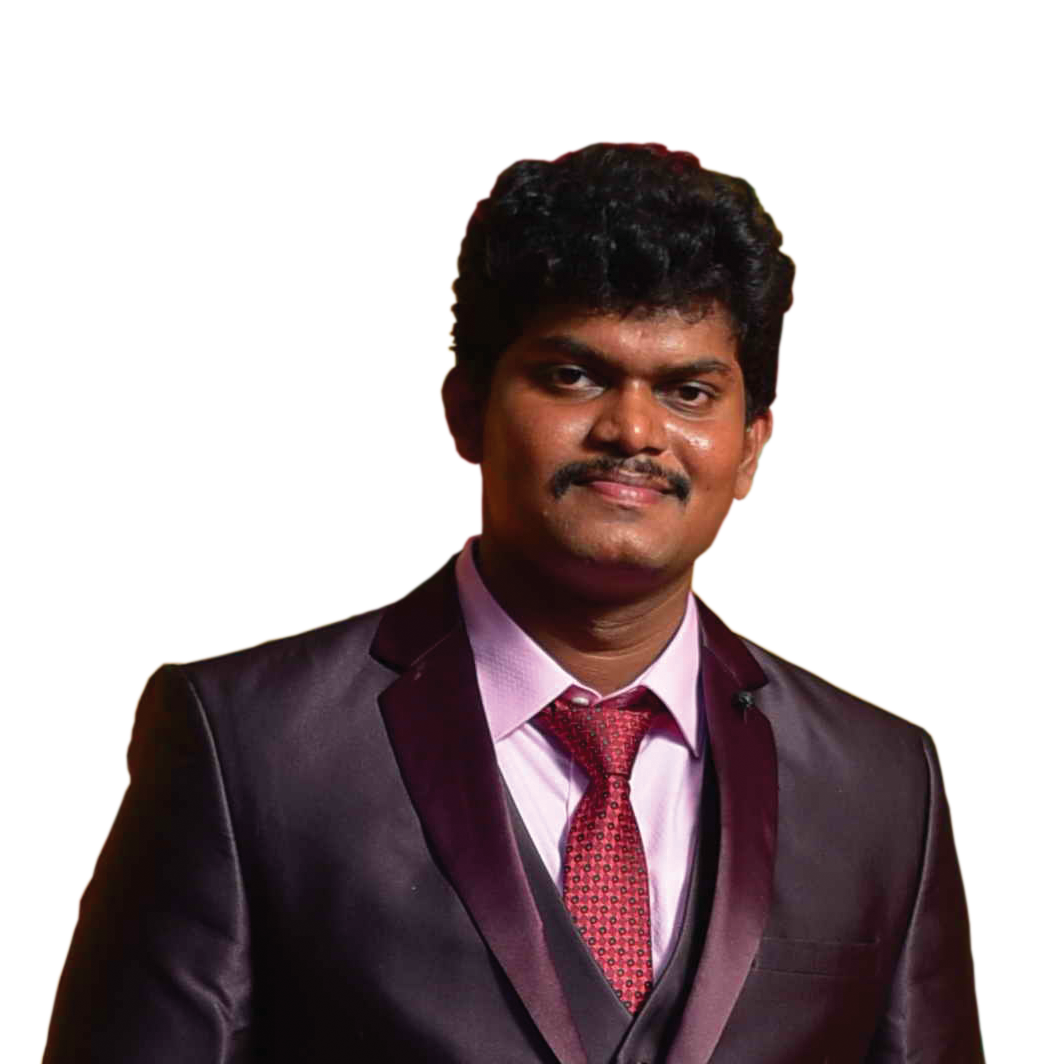The Supreme Court will soon hear a crucial Presidential reference under Article 143, addressing long-standing questions about the powers of Governors and the scope of the Judiciary.
This issue emerged when 10 bills passed by the Tamil Nadu Legislative Assembly remained pending with the Governor for an extended period. The absence of any constitutional timeline under Article 200 has led to a legislative deadlock, raising important concerns about federalism and the separation of powers.
In April, a two-judge bench of the Supreme Court invoked Article 142 and ruled that the Governor's inaction was unconstitutional, declaring the bills as deemed passed.
Now, the President has sought the Court’s opinion on key questions:
Can the judiciary prescribe timelines when the Constitution is silent?
What exactly are the Governor’s powers under Article 200?
Should there be a clearer scope for Article 142?
These developments are not just constitutional in nature—they touch the heart of how our democracy functions.
The Supreme Court's upcoming verdict could redefine the balance between the executive, legislature, and judiciary, and clarify the boundaries of Centre-State relations.
#SupremeCourt #Article143 #Article200 #Article142 #IndianPolity #ConstitutionOfIndia #GovernorsRole #Federalism #SeparationOfPowers #JudicialReview #CurrentAffairs #CentreStateRelations
